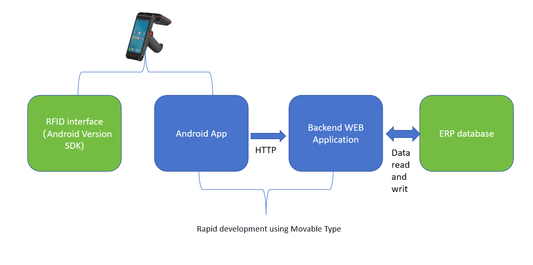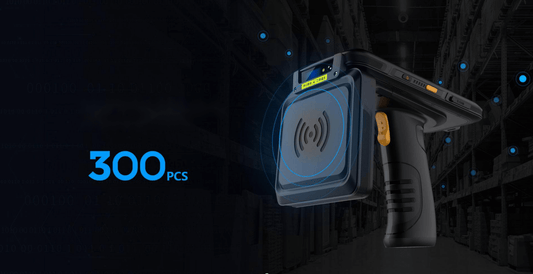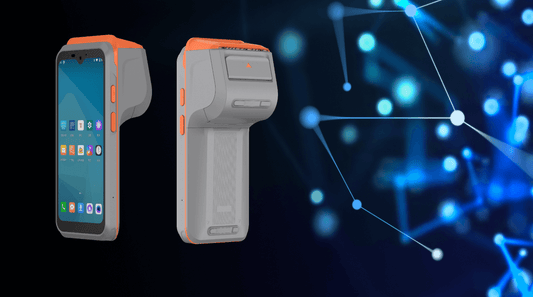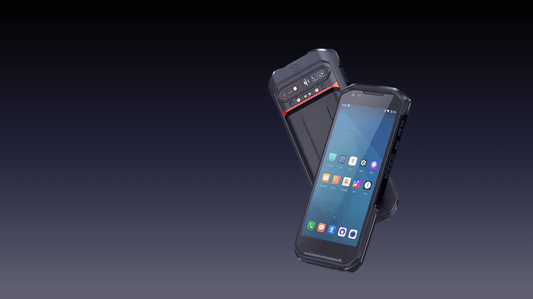Best Practices for Implementing Body-Worn Cameras in Your Organization
Body-worn cameras (BWCs) have become essential tools for law enforcement, security teams, and even corporate organizations to enhance transparency, accountability, and safety. However, successful implementation requires clear policies, proper training, and compliance with legal standards.
This blog explores best practices for deploying body-worn cameras in your organization, ensuring optimal performance, legal compliance, and stakeholder trust.
1. Define Clear Objectives and Policies
Before deploying BWCs, organizations must establish why they need them and how they will be used.
Key Considerations:
-
Purpose: Are cameras for security, liability protection, or employee training?
-
When to Record: Should recording be continuous, incident-based, or on-demand?
-
Privacy Concerns: How will employee and public privacy be protected?
Policy Recommendations:
✅ Develop a written BWC policy (approved by legal teams).
✅ Specify who can access footage and retention periods (e.g., 30-90 days).
✅ Inform employees and the public about recording policies.
2. Choose the Right Camera & Features
Not all BWCs are the same. Selecting the best model for your needs is crucial.
Key Features to Look For:
✔ High-Definition Video & Audio (1080p minimum, night vision if needed).
✔ Long Battery Life (8+ hours for full shifts).
✔ Secure Storage & Encryption (prevents tampering).
✔ Cloud vs. Local Storage (cloud offers remote access but may have higher costs).
✔ Durability & Water Resistance (for harsh environments).
Recommended Brands:
-
Axon Body 3 (law enforcement-grade).
-
Motorola WatchGuard (secure evidence management).
-
Pinnacle Response PR6 (budget-friendly for security teams).
- Leeshion 4G body Camera LS-Z2A(budget-friendly for security teams, price start at $91/pc)
3. Train Employees Effectively
Without proper training, BWCs can cause more harm than good.
Training Should Cover:
📌 When & How to Activate Cameras (e.g., during conflicts, arrests, or inspections).
📌 Legal & Ethical Guidelines (avoid recording in private areas).
📌 Data Handling & Chain of Custody (critical for evidence integrity).
📌 De-escalation Techniques (cameras should not replace proper conflict resolution).
Ongoing Refresher Courses:
-
Quarterly training updates on policy changes.
-
Mock scenarios to test proper BWC usage.
4. Ensure Legal & Regulatory Compliance
BWCs must comply with local, state, and federal laws.
Key Legal Considerations:
🔹 Consent Laws: Some states require two-party consent for audio recording.
🔹 Public vs. Private Recording: Restrictions may apply in restrooms, locker rooms, or medical facilities.
🔹 FOIA & Data Requests: Policies must address public access to footage.
Compliance Checklist:
✅ Consult with legal experts before deployment.
✅ Follow industry standards (e.g., NIJ guidelines for law enforcement).
✅ Post visible signage if recording in public areas.
5. Implement Secure Data Management
BWC footage is sensitive and must be stored securely.
Best Practices for Data Handling:
🔒 Encrypt all footage (prevents unauthorized access).
🔒 Use role-based access controls (only authorized personnel can view/edit).
🔒 Automated redaction tools (for blurring faces in public releases).
🔒 Regular audits to ensure compliance.
Storage Solutions:
-
Cloud-Based (Axon Evidence, Digital Evidence Management Systems).
-
On-Premise Servers (for organizations with strict data control needs).
6. Maintain & Test Equipment Regularly
Malfunctioning cameras can lead to lost evidence or legal issues.
Maintenance Tips:
🔧 Daily Checks: Battery life, storage capacity, lens cleanliness.
🔧 Monthly Firmware Updates (security patches & new features).
🔧 Annual Hardware Inspections (replace damaged units).
Testing Protocol:
-
Random audits to ensure cameras are functioning.
-
Simulated incidents to verify recording quality.
7. Foster Transparency & Public Trust
BWCs should improve accountability, not create distrust.
How to Build Trust:
🤝 Engage with stakeholders (employees, unions, community groups).
🤝 Release footage (when legally allowed) to demonstrate transparency.
🤝 Address concerns proactively (e.g., privacy advocates).
Case Study: Successful BWC Implementation
A mid-sized security firm reduced false complaints by 60% after implementing BWCs with clear policies and training. Employees felt safer, and clients reported higher satisfaction.
Conclusion
Body-worn cameras are powerful tools, but their success depends on proper planning, training, and compliance. By following these best practices, organizations can:
✔ Enhance security & accountability.
✔ Reduce legal risks.
✔ Build trust with employees and the public.
Is your organization ready for BWCs? Start with a pilot program, gather feedback, and refine policies for long-term success. Recommend Leeshion's 4G/5G Body worn camera, price start at $91/pc by bulk order.
Final Checklist for BWC Implementation
-
Define clear policies & objectives.
-
Choose the right camera & storage solution.
-
Train employees thoroughly.
-
Ensure legal compliance.
-
Secure & manage data properly.
-
Maintain & test equipment.
-
Promote transparency & trust.
By following these steps, your organization can maximize the benefits of body-worn cameras while minimizing risks.
No comments













0 comments